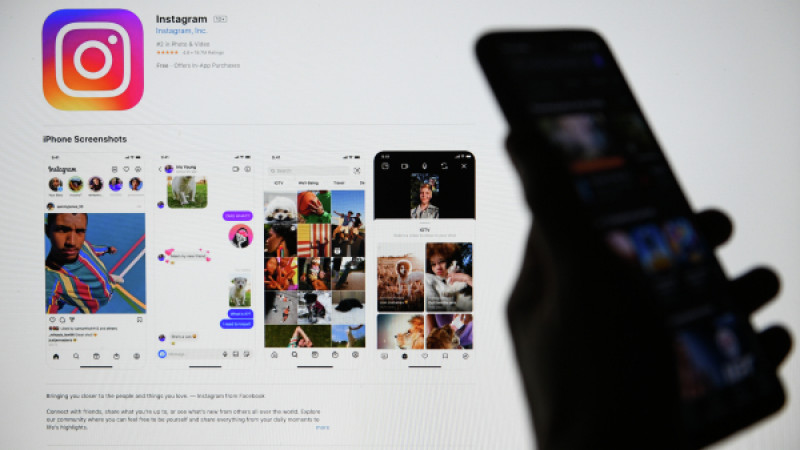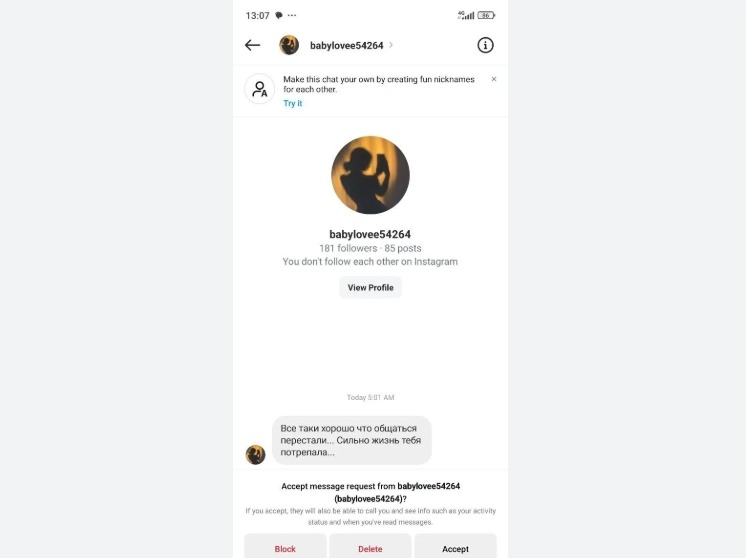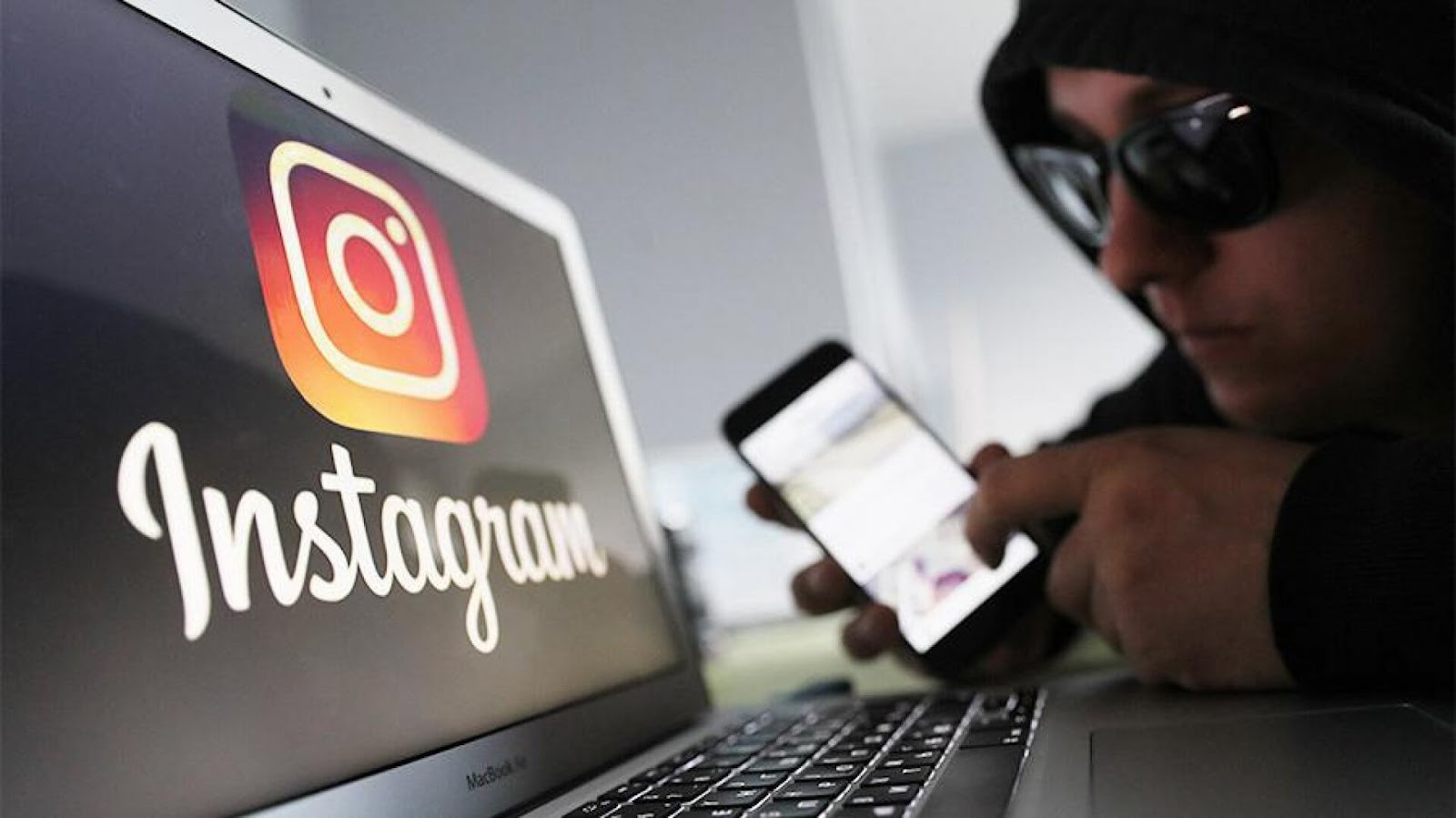With the growth of social networks, more brands and private craftsmen have moved online. Today it's easier to find a dress, gadget, or baby crib on Instagram than on a marketplace. Platforms offer convenient presentation, instant contact, and vibrant storefronts. But behind all this, deception on social media is becoming more common. Let's see how buying on social networks can lead to financial loss and how to protect yourself.
Why Scamming is Popular
Scammers have learned to integrate into the market, and they no longer act crudely and primitively. Nowadays, a scammer's profile may look like the page of a salon, showroom, or service center. They don't just post photos – they run stories, do “unboxings,” create storytelling, and even generate artificial activity in comments.
Fake accounts often copy real brands – they steal the name, logo, and visual style. You visit the page – everything seems real. Even the buttons, “highlights,” and pinned posts. Then it turns out that behind the guise of a store is just a scam.

One of the new trends is the creation of “doppelgangers.” A real brand runs an Instagram account, and a copy appears alongside it with a one-letter difference. Without knowing the exact name, a person can easily fall for a fake. Especially if the page is promoted through targeting.
What Happens After Payment: Scammer Schemes 2025
Modern fraud in Instagram and scamming in Facebook do not end with the transfer of money. Some schemes continue for weeks. After prepayment, the “seller” continues to maintain contact. It's often said that the product is allegedly delayed at the warehouse, the courier got sick, or the “delivery service mixed up the cities.” This is done to buy time and cover their tracks. Among the current schemes, the following can be highlighted:
- fake tracking number to delay suspicion;
- promise of a refund if “delivery fails” – under this, they ask for a passport or card;
- playing with “pseudo-guarantees”: talking about a “contract” and asking for a prepayment with a receipt;
- involving “dummy” buyers who praise the store in comments or stories;
- offering to add you to a closed group with “current stock” – as a way to move communication to messengers and disappear.
These schemes are especially dangerous because they create an illusion of transparency. A person does not immediately realize they have been deceived.

Sending a “fake” tracking number is a very popular technique. The user receives a message with a tracking code, but the package does not exist. After a few days, the link stops working, and the seller disappears.
There are also more sophisticated schemes, for example, scammers ask for passport data or tax ID number for “international delivery processing.” Or they trick you into providing a photo of your bank card — supposedly for a refund. In reality, all this information is used to access a banking app.
One of the latest tricks is the “guarantee fee.” The seller offers to send the product cash on delivery but asks for a non-refundable deposit “in case of refusal.” This amount is requested to be transferred immediately, promising to return it after receiving it. Of course, the product is never sent.
What Fake Accounts Look Like – and Why It's Easy to Believe Them
Fake accounts don't just duplicate stores – they mimic the behavior of real sellers. For example, they create stories with “shipments,” showing fake packaging, “Nova Poshta” stickers, and even chats with clients. Such details are hard to falsify on the spot – so scammers prepare templates in advance.
They add voice messages, write long texts with care for the client, and put reactions on stories. All of this creates an effect of personal communication. In reality, everything is automated. Often, there are groups of several people behind such pages. One answers in direct messages, another designs layouts, and a third places ads.

Visually distinguishing them is difficult. Sometimes a profile has 5,000 followers, and posts gather hundreds of likes. But all the followers are bots, and the comments are written with the same phrases. The account may operate for several days or weeks, and then simply disappear. And a new one appears in its place within a day – with the same product but under a different name.
What Helps Avoid the Trap
There is no universal formula here. But there is common sense and attention to detail. Especially when it comes to prepayment purchases. It's important to understand: Instagram and Facebook are not stores. There are no built-in guarantees. Everything relies on the honesty and responsibility of the seller. And scammers know how to fake this.
If the page looks too “glossy” and perfect – this is already a reason to pause. In real life, sellers have delays, typos, and everyday stories. Scammers have everything polished to the pixel. If the profile lacks “live” content – personal stories, unboxings, random shots – and only catalog photos, there is a chance it's a fake. It's worth asking questions: can you choose a delivery method? is there a real photo of the product? can you call or send a voice message?

A too polite, instant response to any question is also suspicious. Especially if the person communicates with templates. And most importantly – never send money to a random person in direct messages. Even if the page seems reliable, it's better to clarify details, find additional reviews outside of social networks, check by name or phone number.
 >
>